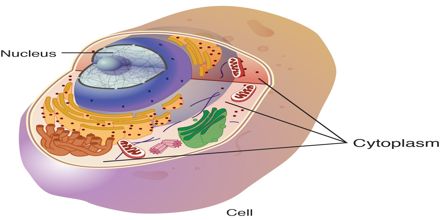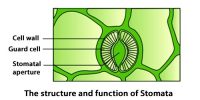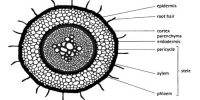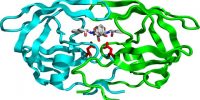Cytoplasm – It is the part of the protoplasm that remains outside the nucleus and is surrounded by the cell membrane. The living soft membrane just below the cell wall, surrounding the whole protoplasm is called the cell membrane. It controls the flow of water, minerals, and gases both in to and out of the cells. Its function is to hold many small organelles and performs few physiological functions, such as photosynthesis. Discussions on some organelles found in the cytoplasm are given below-
Plastids are also known as color bearer. Generally, animal cells do not have plastids. Plastids are a unique characteristic of plant cells. The colors of plant leaves, flowers and fruits of different colors that we see are due to plastids. Green plastids help in manufacturing food. The colored plastids make plant parts colorful and attractive. Colorless plastids store food.
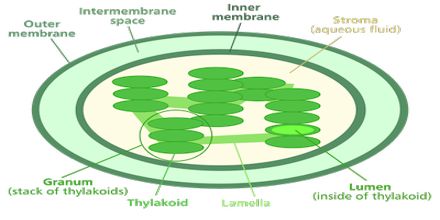
- Vacuole
If you examine a cell of an onion, you will see an open space inside a cell. This open space is called vacuole, in a plant cell; vacuole may be small in size or completely absent in an immature cell. But in a mature plant cell, the size of vacuole is bigger while in animal cell vacuole is absent. However, in an animal cell even it is present is very small in size. The fluid present inside the vacuole is called cell sap. Vacuole is an important characteristic of the plant cell. It acts as cell sap tank and controls any pressure applied to the cell.
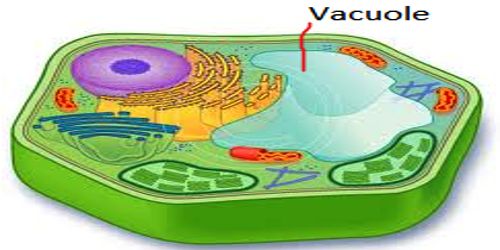
- Mitochondria
It is called the powerhouse of the cell. Most of this energy producing reactions take place inside it. Its shape may be rod-like, globular, star-like etc.

